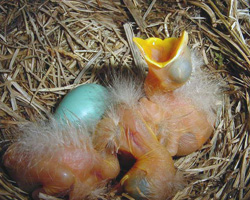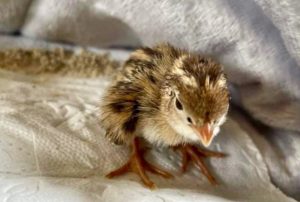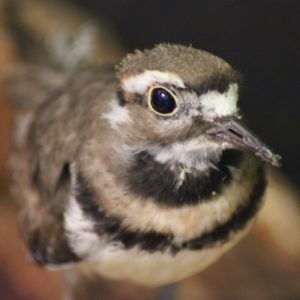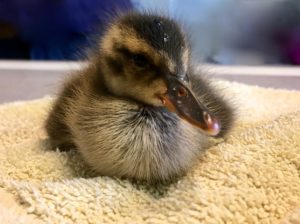WIldlife FAQs
Okanagan WILDLIFE FAQs -
CLICK ON A QUESTION BELOW TO SEE INFO
Mammals:
![]()
![]()
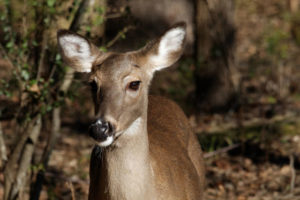
Please know, that injured ADULT deer are never candidates for rehabilitation. This is due to their high stress levels in captivity and a fatal condition that they are very likely to develop when handled or captured for care, even short-term (called „Capture Myopathy“).
This info is put out by the government officials in regards to injured deer in the Okanagan: If you have observed from a distance/via repeated visits or a trail camera (for at least a day), that the adult deer you’re seeing is bleeding or has legs/body parts out of place, call the RAPP line service to speak with a local Conservation Officer, phone number: 1.877.952.7277.
The mandate of the Conservation Officer Service (COS) is public safety and wildlife/hunting/fishing/pollution law enforcement, not wildlife care or population management.
The mandate of veterinarians is to medically take care of pets, not wildlife husbandry.
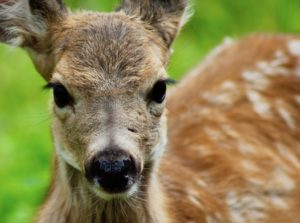
Deer fawns are left alone (for 6-8 hrs/day) by the doe for the first 2 wks of their life. Most fawns are intentionally left (or: hidden from predators) by their mothers who are foraging for food. Fawns don’t have a distinct scent, so they’re safer left hidden opposed to constantly staying with the doe. She returns to feed her fawn a few times a day (usually at dusk & dawn). See more info on fawns under “You’ve found injured or orphaned wildlife, now what?” here: https://www.bcwildlife.org/injuredwildlife.htm
Please note, that the management of deer is mandated by provincial laws and rehabilitation of deer fawns is actually not permitted by the government authorities in the Interior (Okanagan & Thompson Regions). Disease transfer amongst deer in our valley is a concern, which led to the local authorities prohibiting rehabilitation for deer (deer of any age are susceptible to “Chronic Wasting Disease”).
Other licensed rehabilitation facilities which are allowed to care for deer fawns are only permitted to accept a small number of deer fawns (should the mother have been witnessed to be dead/hit by car). However, they can only admit fawns of their region, e.g. in the Kootenays (not from the Okanagan).

Small mammals may need help, if you see:
- It appears to be covered in bugs
- Disorientation/uncoordinated movement
- Lethargy
- Wounds/ bleeding/ maggots in wound
- Missing lots of fur, or if the fur appears contaminated
- Caught by a cat (seen or suspected)
- Hit by car/farm equipment
- Limping or appears to have any improperly positioned limbs

Please find out what type of squirrel it is: grey, douglas, red, fox or northern flying.
If you are unsure, you’re welcome to send us a picture and we’ll be glad to assist in telling you what you have in front of you: info@interiorwildlife.ca.
If it is a native squirrel, now organize transport & email us:
All Wildlife Rehabilitation Facilities in BC rely on the public to transport animals in need to them, as we operate mainly with volunteers and have only enough human resources to tend to the animals brought in. No pick-up service. No wildlife ambulance.
If it is an invasive squirrel please email us to get further direction.
Note: The public is legally only allowed to keep wildlife in distress captive for up to 24hrs.
Wildlife centres receive many calls each year about baby small rodents who have been “orphaned” after a nuisance mouse was trapped or relocated. Sadly, we don’t have the resources to take care of them, and many are turned away. This is also partly due to the fact that their chances of survival after release would be too low. If the habitat of the mice you’ve found was a house, you surely do not want to release them there again (read more: https://www.torontowildlifecentre.com/wildlife-emergency-rescue-hotline/conflicts-with-wildlife/common-rodent-problems/rodent-trapping/). It’s unlikely that most relocated small rodents will survive long in their new environment, even if it sounds nice to us humans to release small rodents to a park or a forested area. The best thing anyone can do is to prevent this endless cycle of unwanted house-rodents from happening by addressing the root cause, removing food attractants & removing any entry points, read more: https://www.torontowildlifecentre.com/wildlife-emergency-rescue-hotline/conflicts-with-wildlife/common-rodent-problems/mice-in-house/. Inform your family and let others know how to prevent human-rodent conflicts at home. |

If you are seeing a little bat on the ground, it may be having difficulty taking flight. This can be due to injury, a sudden drop in outside temperature or disorientation inside a building. Usually bats crawl to a vertical surface to be able to take flight. Remember: Do not handle bats without leather gloves. Contact a licensed wildlife rehabilitation centre to ask about how to solve your particular situation involving a bat that may need help. We’re happy to answer your questions. Thank you!
For more bat info: There is a bat conservation group in BC with a great educational website about all things related to local bats and why they are important. Find them here: https://bcbats.ca/
We also have a local bat education & conservation group in the Okanagan (in Peachland) see here: https://beepspeachland.com/
Generally, good info on what to do if you’ve found a bat that isn’t flying away by itself – look here: https://batworld.org/what-to-do-if-you-found_a_bat/
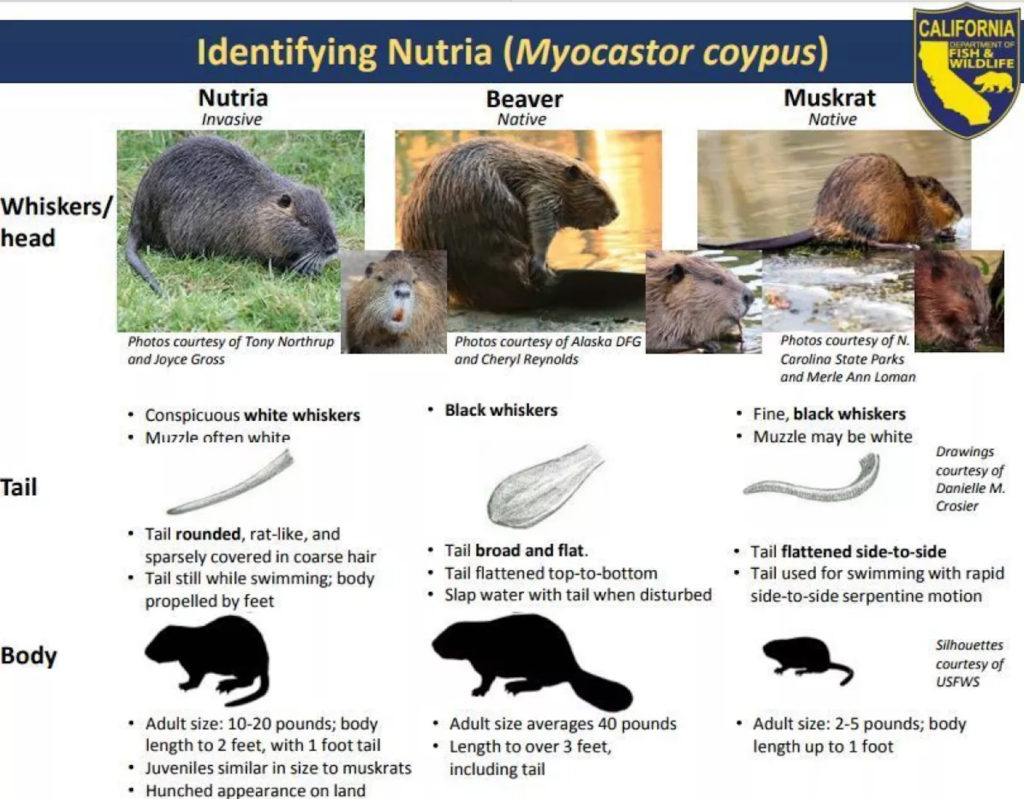
Nutria (non-native)
Please note our permits do not allow us to rehabilitate nutria (“white whiskers”).
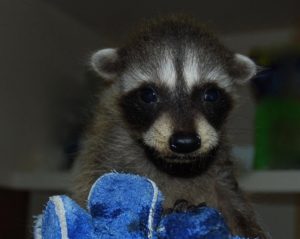
Reunite families
To reunite mother & young (give the adult female access to her babies). Caution: raccoons can carry serious diseases that are zoonotic (we can get sick by touching them or their feces). Always wear gloves when handling this species!
How about we relocate?
Relocation of any kind of wildlife has been proven to be a controversial and outdated option to deal with human-wildlife conflicts.
Reasons include: spreading of species-specific diseases amongst territories of established populations & fights amongst individual wild animals resulting in intruder eradication by established wildlife, and: new animals taking over the area where an unwanted animal was removed from… etc.
What can you do?
We discourage any kind of wildlife feeding (including access to garbage), this usually attracts various species of animals and more often than not causes human-wildlife conflict. The raccoon family WILL move on once the juveniles are weaned and able to forage for food by themselves (end of summer). THAT IS YOUR WINDOW to close any gaps, holes, entryways to your house/shed to prevent this raccoon mother to give birth and raise more babies next year in the same spot.
We applaud any action you may be willing to take, in living peacefully with this raccoon family and educating others.
Birds:
If you find a naked baby bird on the ground, it is best to put it up in a nest (away from cats).
The best course of action is to put the nest up off the ground, close to where you’ve found it (within earshot distance), affix it on a post or a branch away from access by cats. Trust that the parents will come and continue to feed. You can also use a berry basket and line it with grass, if the nest is too broken or can’t be zip-tied to anything. Thank you!
Photo: Robins by Dorothy Edgington
If you find a baby bird on the ground, it is best to leave it alone unless:
- You see any obvious injuries (blood, drooping wings…)
- It appears to be especially lethargic/sleepy
- It is unable to hop or walk around
- If after watching for 2 hours, there is no sign of activity from the parents
- If you see fledglings in your yard, be sure to keep pets and children away until the birds are off the ground and flying. This can take a few days. Thank you!
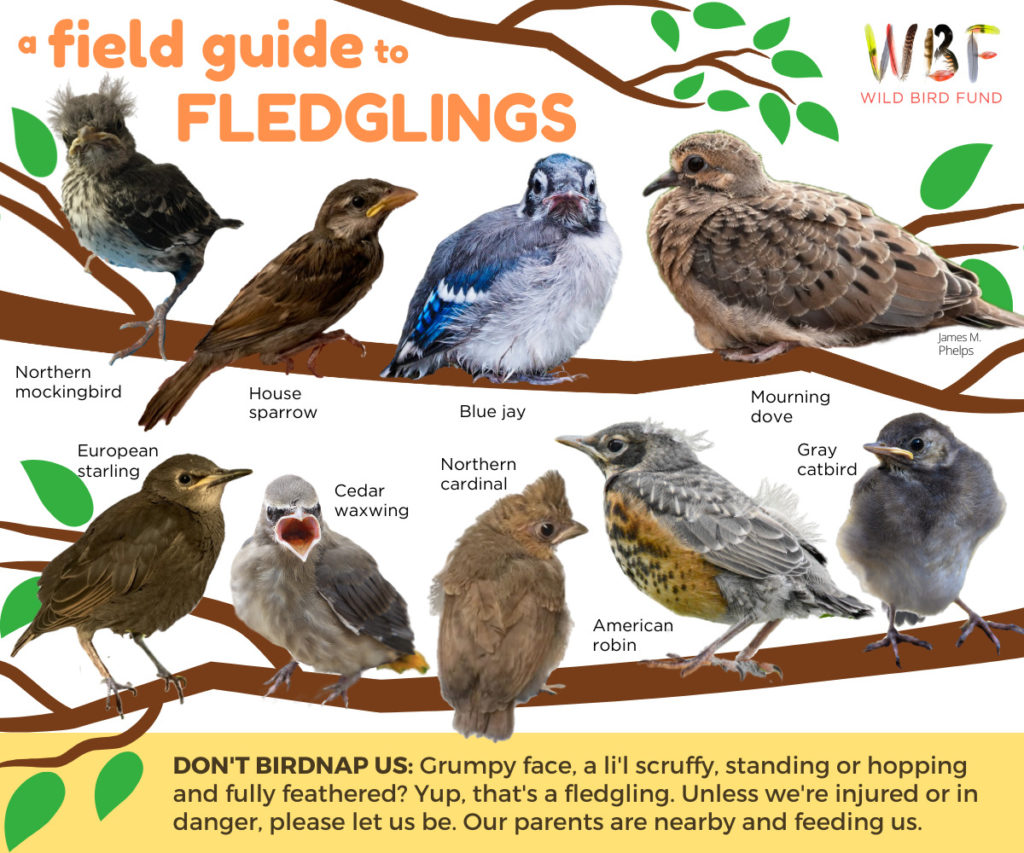
Fledgling birds are young birds that have left the nest but are not yet able to fly. It’s a normal stage of development for most birds, and it can be a very vulnerable time for them.
Typically the parents will come and feed the fledgling every 15-30 minutes, please don’t intervene prematurely. Songbird fledglings eat very frequently. Remember to watch from a distance so as not to deter the parents from returning.
Most fledglings are totally fine on their own, but if it seems in a dangerous spot, its ok to move it to a more sheltered/shaded location (within eyeshot of where it was found).
Image: A Field Guide To Fledglings, by “Wild Bird Fund”
Please find out what type of bird it is: e.g. songbird, raptor/bird of prey, water bird or other..
If you are unsure, you’re welcome to send us a picture and we’ll be glad to assist in telling you what you have in front of you: info@interiorwildlife.ca.
Now locate the appropriate facility to contact:
- For waterbirds:
Please read our info on how we admit wild animals (waterfowl such as ducks, geese, herons, swans, loons, cranes, killdeer etc.) here: interiorwildlife.ca/found-injured-or-orphaned-wildlife
For songbirds:
The BC Wildlife Park has a rehabilitation department in Kamloops.
Phone: 250-573-3242 (ext. 230). Open 9-4 any day of the week.
Find more info here: https://www.bcwildlife.org/injuredwildlife.htm- For raptors:
Please contact SORCO in Oliver: https://www.sorco.org/
Now organize transport:
All Wildlife Rehabilitation Facilities in BC rely on the public to transport animals in need to them, as we operate mainly with volunteers and have only enough human resources to tend to the animals brought in. No pick-up service. No wildlife ambulance.
Note: The public is legally only allowed to keep wildlife in distress captive for up to 24hrs.
Waterfowl and shorebirds (incl. ducks, geese, herons, swans, loons, grebes, cranes, killdeer) may need help, if you see:
Please email us for further directions on what to do: info@interiorwildlife.ca |

Eurasian Collared Dove (non-native),
Mourning Dove (native)
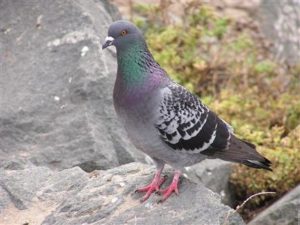
Rock Pigeon (non-native)
Please note our permits do not allow us to rehabilitate non-native species (rock pigeons or Eurasian Collared Doves).
REPTILES:
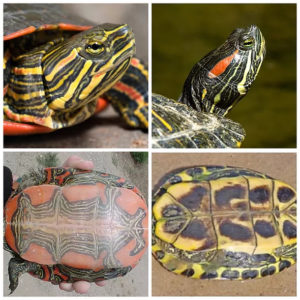
Reptiles including turtles may need help, if you see:
- Obvious wounds or bleeding
- Cracked shell
- Improperly positioned limbs
- Accidentally dug up or uncovered during the winter or when temperatures are below 10 C
- Bit by a pet
Turtle identification:
– Red-eared Sliders (two images on right = invasive!)
Sliders can be identified by the red ‘ear patch’ on their heads & a blotchy, dull yellow plastron (belly).
– Painted Turtles (the two images on left = native) have vibrant red colour on their plastron (see belly in bottom left image).
Images: Okanagan Similkameen Stewardship (www.osstewardship.ca/turtles)
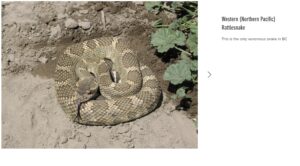
Reptiles including snakes may need help, if you see:
- Obvious wounds or bleeding
- A disturbed hibernaculum
- Accidentally dug up or uncovered during the winter or when temperatures are below 10 C
- Bit by a pet
Snake identification:
Go to www.osstewardship.ca/snakes and ID the snake. Do not touch if you are at all unsure what type it is.
Image: Rattle Snake by Okanagan Similkameen Stewardship Society (only venomous snake in the Okanagan)
Education is key
Have a question not mentioned above?
Email us and we will do our best to help you in a timely manner
For potentially orphaned baby wildlife, please click on each type of question above to ensure the animal gets the care they need and is not accidentally removed from their mothers. Rehabilitation centres work hard to make sure nobody drops off a “kidnapped” baby wild animal. Generally, wild baby animals have the best chance of survival with their parents. This is especially true for deer fawns, young rabbits, raccoons and skunks.
Ask questions. Find a solution. Be kind.
OTHER WILDLIFE QUESTIONS:

- Gray & Fox Squirrels
- Eastern Cottontail
- European Rabbit
- Nutria
- European Starling
- House Sparrow
- Rock Dove
Please note our provincial permits do not allow us to rehabilitate “invasive species”.
Classrooms are an unnatural and stressful setting for wild animals Seeing animals outside of their natural wild habitat does not provide educational benefits and will likely lead to their early death.
There are many ways to experience and appreciate wild animals in nature, online or through documentaries. Compassion can start at any age, so let’s keep animals in nature!
How to Donate
IWRS is 100% volunteer-run. We are funded solely by private donations and sponsorships. As as registered charity, we can provide tax receipts for your donation!
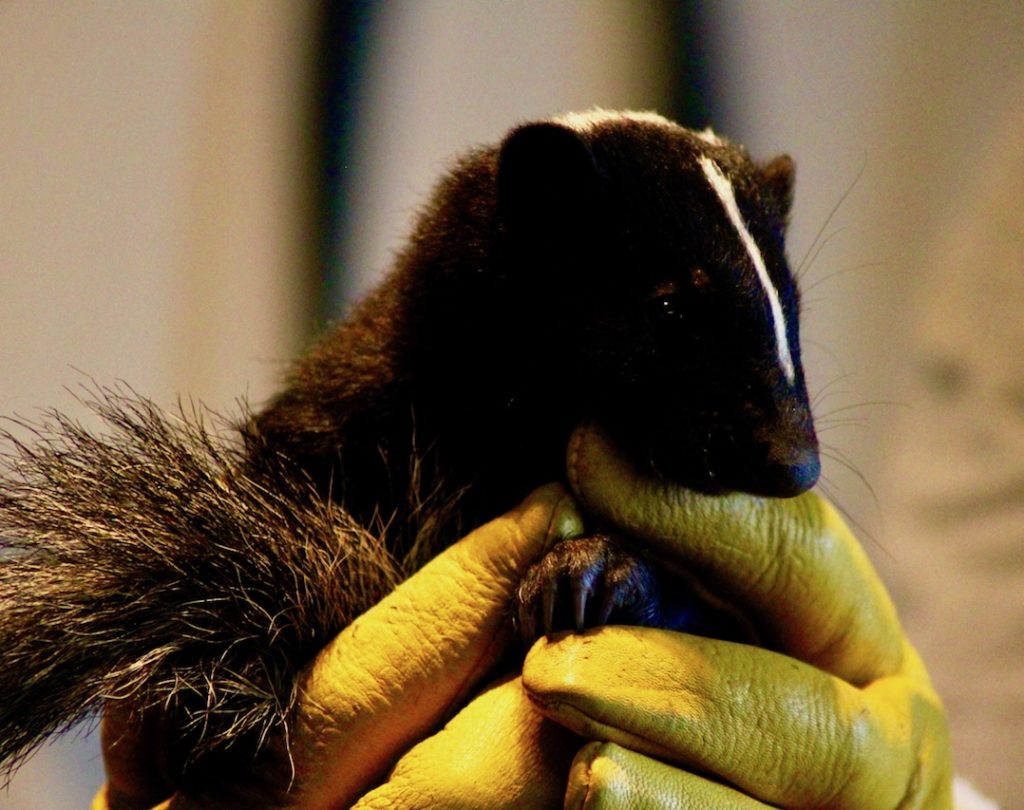
Donate online
E-transfer us directly: donate@interiorwildlife.ca
or by credit card via Paypal
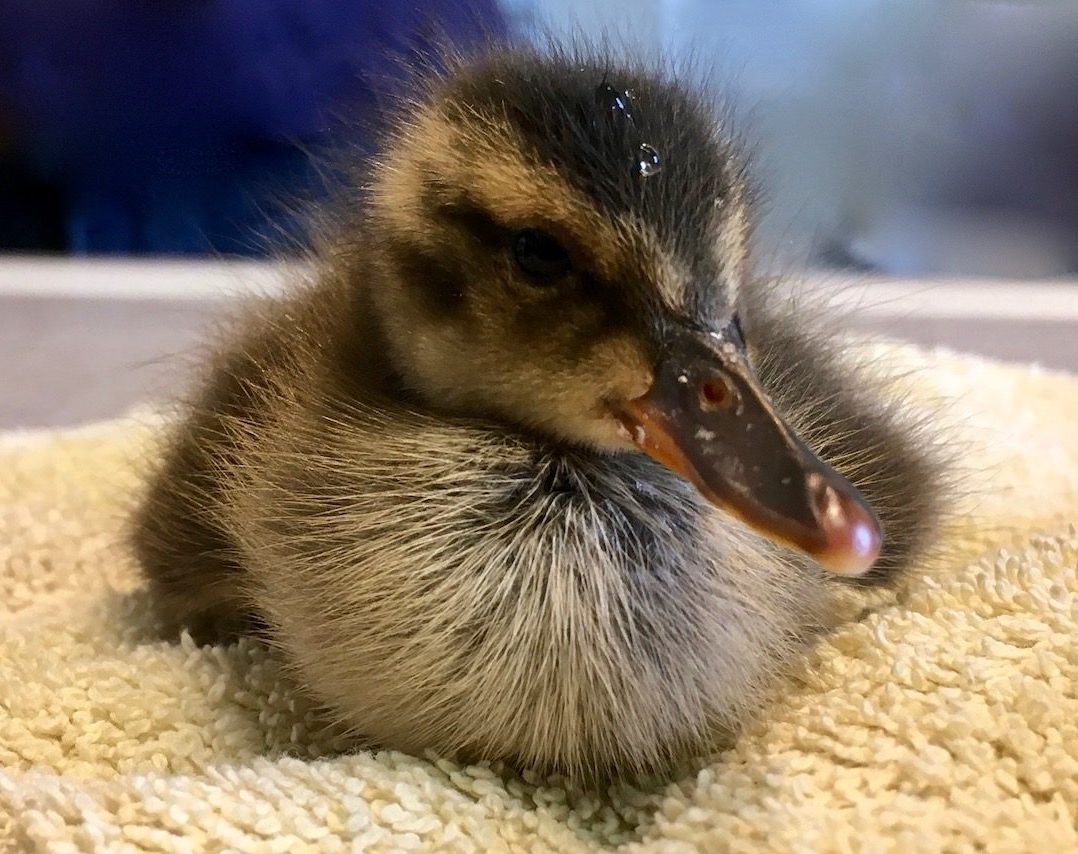
Mail a cheque
Office address: PO Box 988 V0H1Z0, Summerland, BC, Canada
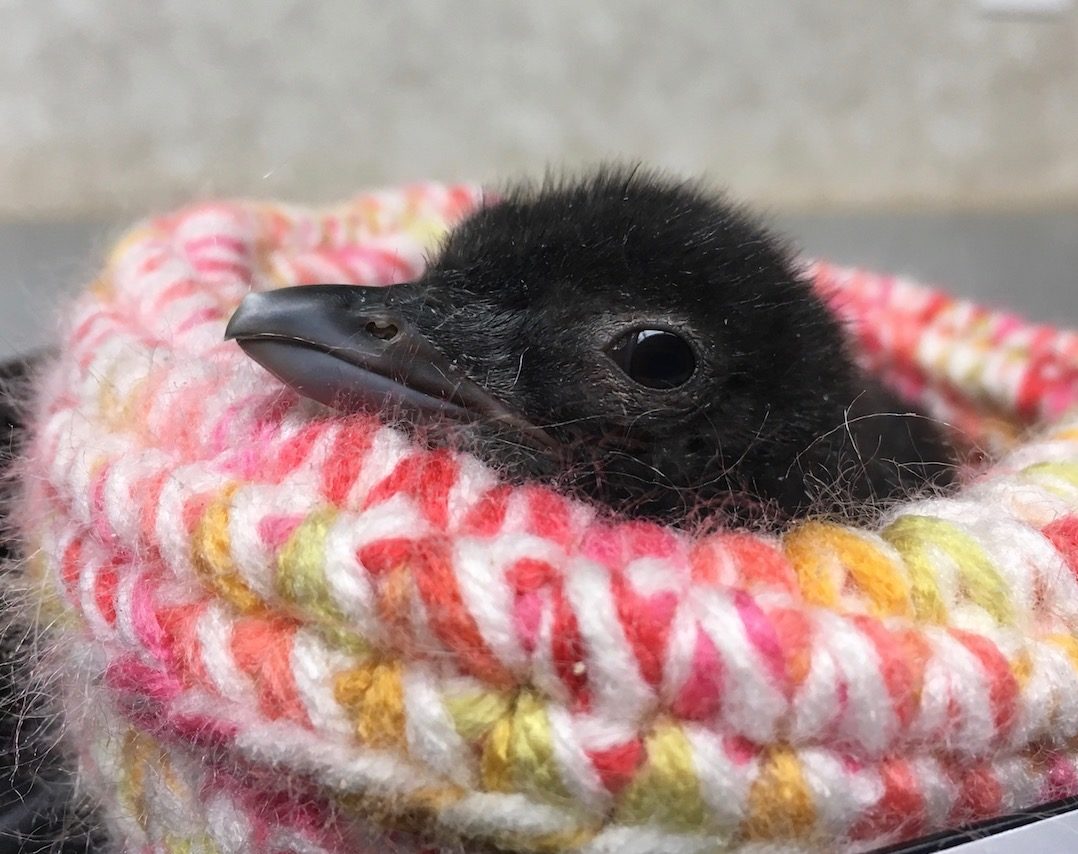
Via Canada Helps
Click above or below to get re-directed to our charity account with CanadaHelps.org
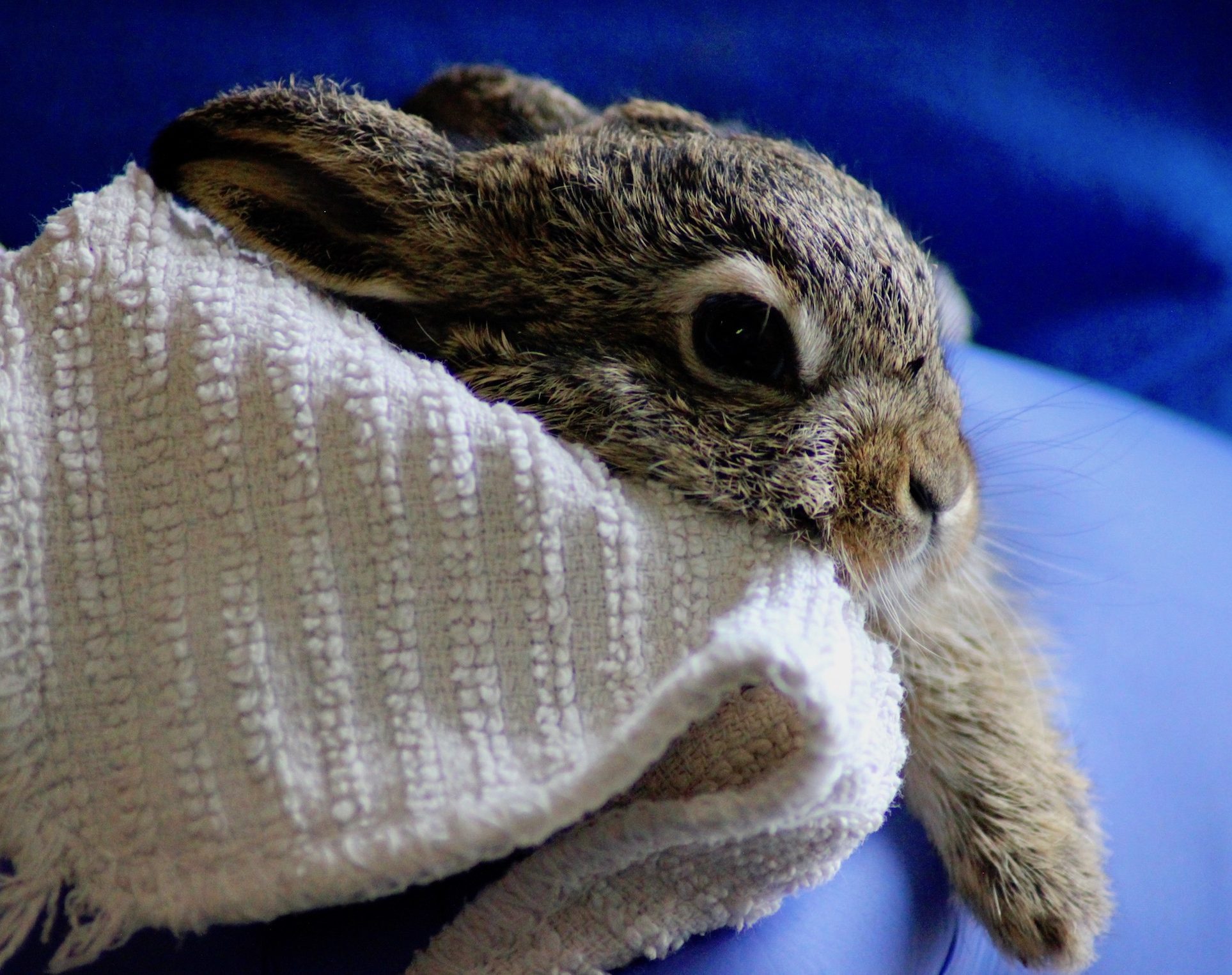
Other ways
Click on the picture above
to see our wish list and find out more...
